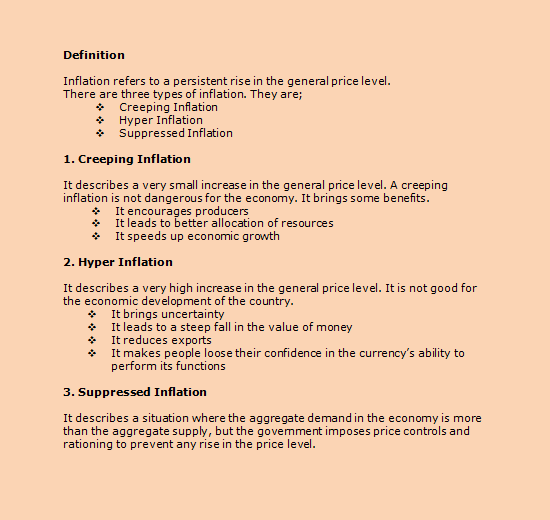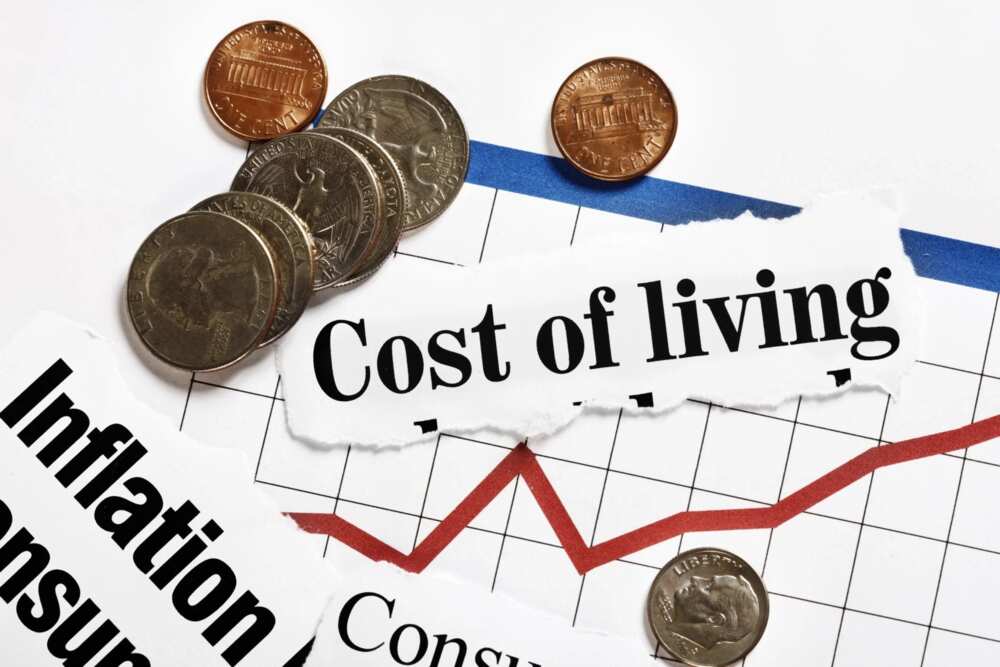Inflation is the sustained increase in the general price level of goods and services in an economy over a period of time. When the general price level rises, each unit of currency buys fewer goods and services; consequently, inflation reflects a reduction in the purchasing power of money – a loss of real value in the medium of exchange and unit of account within an economy. A chief measure of price inflation is the inflation rate, the annualized percentage change in a general price index (normally the consumer price index) over time.
There are several major causes of inflation, which can be broadly categorized into demand-pull and cost-push factors.
Demand-pull inflation occurs when the overall demand for goods and services in an economy outpaces the available supply, leading to higher prices. This can happen when there is an increase in consumer spending, an increase in government spending, or an increase in exports.
One of the main causes of demand-pull inflation is an expansionary monetary policy, in which a central bank increases the money supply and lowers interest rates in an effort to stimulate economic growth. This can lead to an increase in demand for goods and services, as people have more disposable income to spend. However, if the increase in demand is not met by a corresponding increase in supply, prices will tend to rise.
Another cause of demand-pull inflation is an increase in population, as a larger population will lead to more demand for goods and services. This can also occur when there is a shift in the age structure of the population, with a higher proportion of working-age individuals leading to increased demand for goods and services.
Cost-push inflation, on the other hand, occurs when the cost of production increases, leading to higher prices for goods and services. This can be caused by a variety of factors, including an increase in the price of raw materials or energy, an increase in taxes or regulatory costs, or an increase in wages.
One of the major causes of cost-push inflation is an increase in the price of oil, as it is a critical input in the production of a wide range of goods and services. When the price of oil increases, it can lead to higher costs for transportation, manufacturing, and other sectors, which can in turn lead to higher prices for goods and services.
Another cause of cost-push inflation is an increase in wages, as higher wages can lead to higher prices for goods and services. This can occur when there is high unemployment and workers are in short supply, as employers may need to increase wages in order to attract and retain workers. However, if the increase in wages is not accompanied by increased productivity, it can lead to higher prices for goods and services.
Inflation can have a number of negative impacts on an economy, including reducing the purchasing power of consumers, creating uncertainty and instability, and discouraging saving and investment. To address inflation, central banks may use a variety of tools, such as raising interest rates or tightening monetary policy, to reduce demand and increase the supply of goods and services.
Overall, the major causes of inflation include demand-pull factors, such as expansionary monetary policy and population growth, and cost-push factors, such as increases in the price of raw materials, taxes and regulatory costs, and wages. Understanding the causes of inflation is critical for policymakers, as it can help them develop effective strategies to address this important economic issue.

:max_bytes(150000):strip_icc()/causes-of-inflation-3-real-reasons-for-rising-prices-3306094_V1-48ed88df089147739809716ef880619a.gif)





